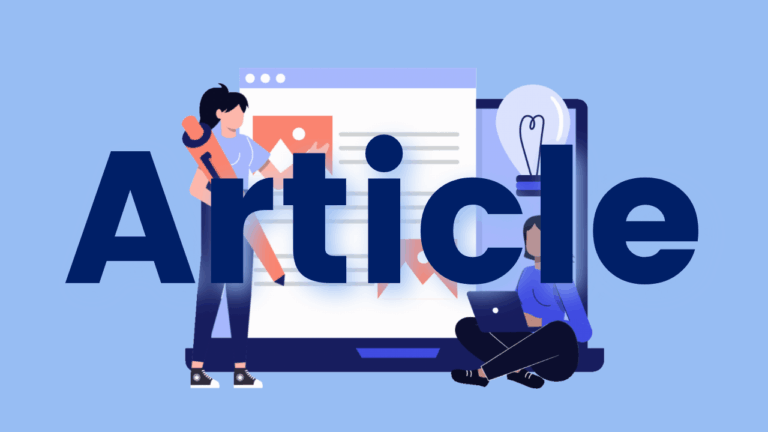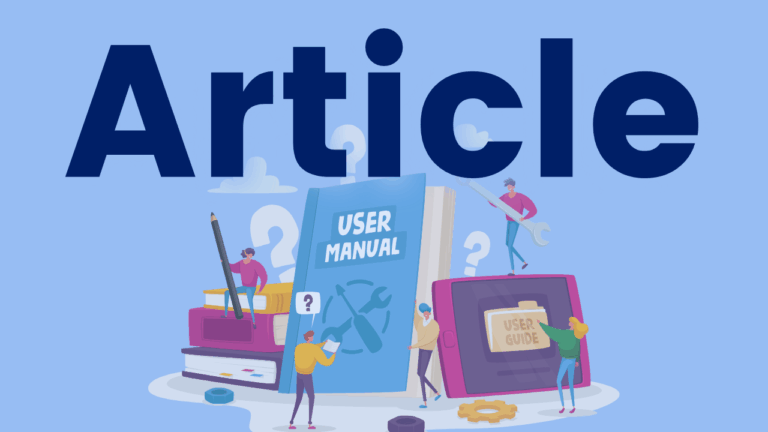Enseigner la lecture ce n’est pas une science infuse
L’adaptation canadienne-française du document “Teaching Reading Is
Rocket Science” (Moats, 2020) fait état de la réalité des apprenants en
situation de dualité linguistique et du besoin d’intégrer un
enseignement explicite, structuré, progressif, cumulatif et multilingue
de la conscience phonologique et phonémique, du vocabulaire, de la
morphologie (dérivationnelle, flexionnelle, règles d’accords), de la
syntaxe (classes de mots), de la compréhension et de l’inférence à la
formation des enseignantes et des enseignants qui doivent enseigner les
principes fondamentaux de la lecture à ces élèves.Une section sur les particularités linguistiques de la langue anishinabemowen a été ajouté.




